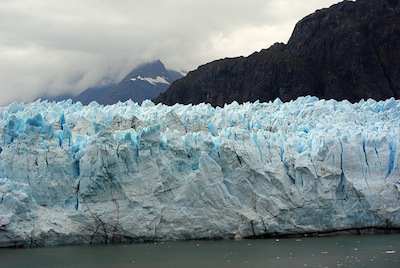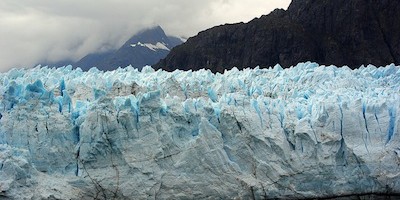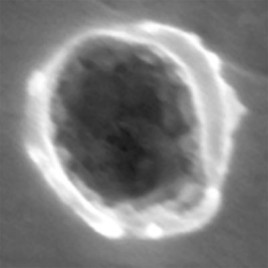
The Margerie Glacier in Alaska, like most glaciers worldwide, is in retreat. A new computer model quantifies the human contribution to the worldwide retreat of the glaciers. (Photo credit: Andrew Adams, via flickr)
A new paper helps quantify how much of the global loss of glaciers can be attributed to human activity as opposed to natural variation in earth’s temperature. The study uses a mathematical model to compare the amount of glacier melt that would have been expected based on natural and man-made forcings to the actual amount.
For the overall time period of 1851 to 2010, the human contribution is hard to quantify, and is reported as 25 ± 35 per cent. However, the availability of better data in more recent decades allows a more detailed analysis for the period 1991 to 2010; here the human contribution is reported at 69 ± 24 per cent.
The model complements similar results obtained for global temperatures and sea levels.
Original research paper published in the journal Science on August 14, 2014.
Names and affiliations of selected authors


